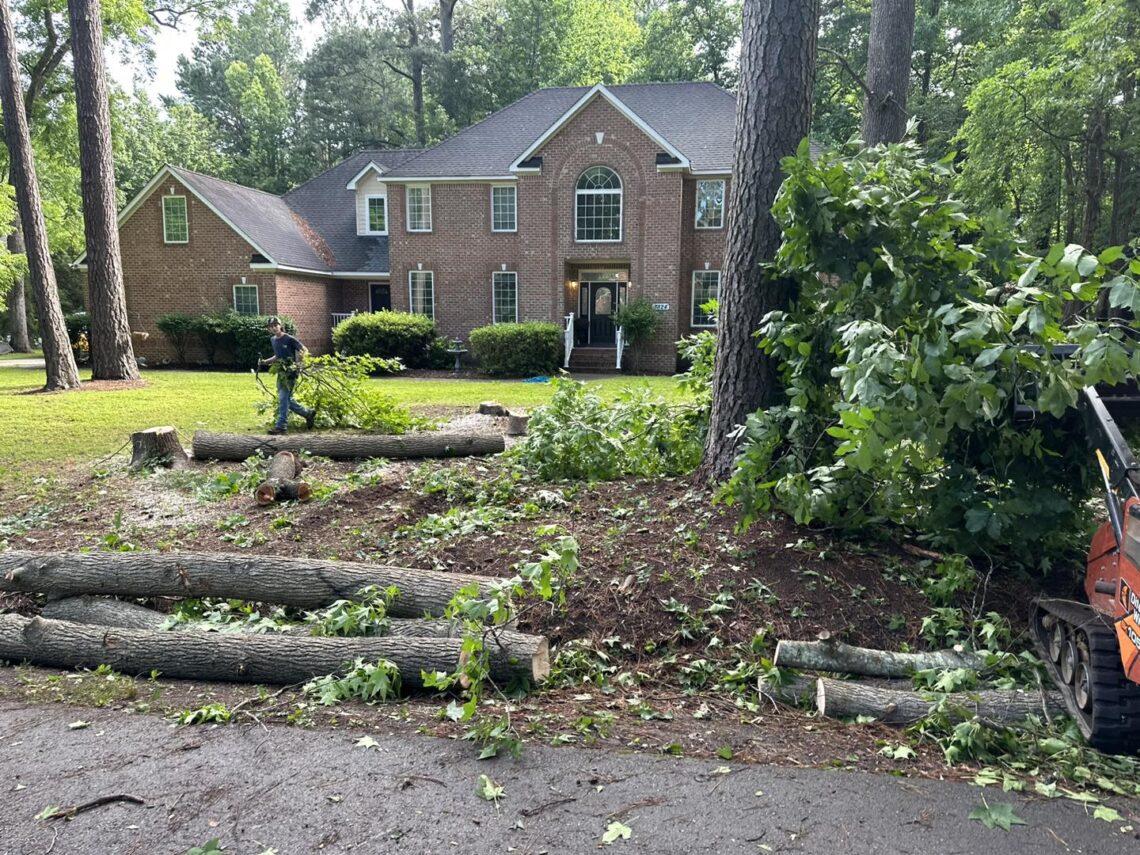Navigating the expenses of emergency tree removal can pose an unexpected challenge for homeowners grappling with the aftermath of severe weather or sudden tree damage. Gaining insights into the associated costs and mastering the art of fee negotiation, alongside delving into the realm of potential insurance coverage, can significantly lighten the financial load during these testing circumstances.
The expenses for emergency tree removal are subject to considerable variation, contingent upon several factors including the tree’s dimensions and position, the intricacy of the removal procedure, and the degree of damage incurred. Typically, homeowners should anticipate expenditures ranging from a few hundred to several thousand dollars for emergency tree removal services.
Negotiating Fees: Tips and Tactics
When it comes to negotiating tree removal fees, homeowners can employ various strategies to manage costs effectively. Although the initial expense of emergency tree removal might appear overwhelming, there are avenues to explore for reducing fees. One such tactic involves soliciting estimates from several tree removal companies, enabling homeowners to compare prices and services. By doing so, individuals can identify the most competitive offer that aligns with their standards of quality and safety.
Additionally, discussing the scope of work in detail with the tree removal professionals can help ensure an accurate cost estimate. By providing information about the size and condition of the tree, as well as any access challenges or potential hazards, homeowners can help tree removal experts assess the situation more accurately and provide a fairer price.
Furthermore, being flexible with scheduling can sometimes result in cost savings. Tree removal companies may offer discounts for off-peak or less busy times, so homeowners should inquire about potential cost-saving opportunities when scheduling the removal service.
Insurance Coverage for Emergency Tree Removal: What to Know
In some cases, homeowners’ insurance policies may cover the cost of emergency tree removal, particularly if the tree damage was caused by a covered peril such as a storm or lightning strike. However, it’s essential to review the policy details carefully to understand the extent of coverage and any limitations or exclusions that may apply.
Before filing a claim with their insurance company, homeowners should document the damage with photographs and gather any relevant documentation, such as estimates from tree removal companies. This information will be crucial when submitting the claim and can help expedite the reimbursement process.
It’s also worth noting that insurance coverage for emergency tree removal may be subject to deductibles and coverage limits, so homeowners should be prepared to cover any out-of-pocket expenses that exceed these limits.
In conclusion, understanding the costs associated with emergency tree removal and knowing how to negotiate fees can help homeowners manage the financial impact of unexpected tree damage. By exploring insurance coverage options and following these tips and tactics, homeowners can navigate the process more effectively and minimize the financial burden during challenging times.




